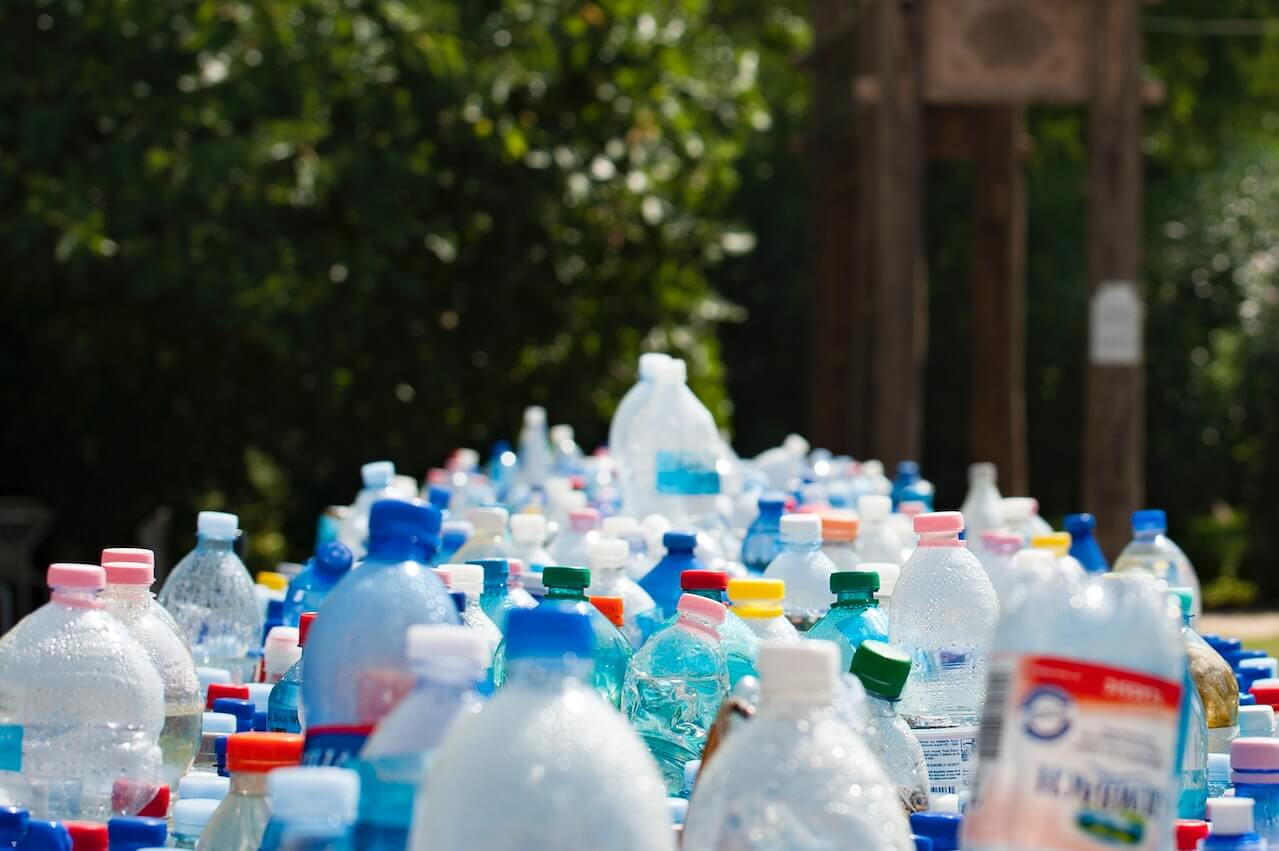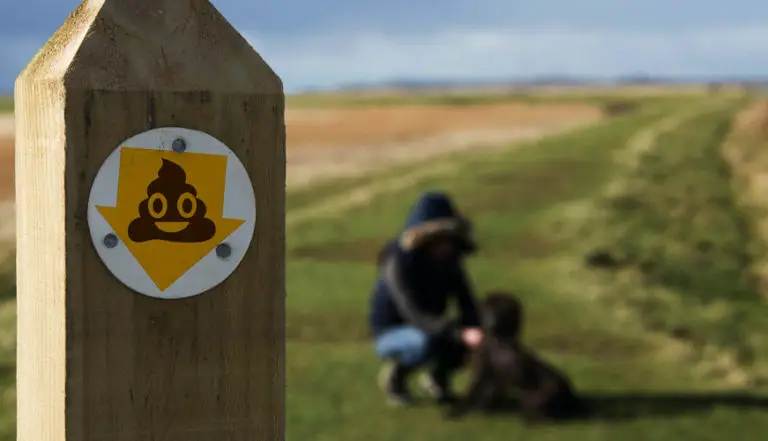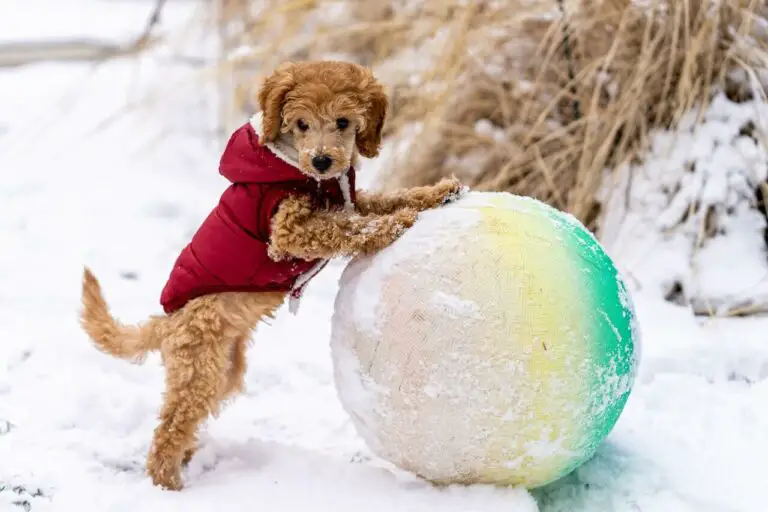The Many Benefits of Recycling: How It Impacts Our Environment
With Earth Day just around the corner, there is no better time to discuss the benefits of recycle. Here’s a look at why recycling is so important and how it can help to make a difference in our environment.
Why We Should Recycle
Recycling has become an increasingly popular way for people to reduce their environmental footprint. By reusing materials that would otherwise be thrown away, we can reduce the amount of waste that ends up in landfills and oceans, conserve resources, and create new products from existing materials. In addition, when you recycle items like paper, plastic, and aluminum cans instead of throwing them away, you are helping to conserve energy since these items don’t have to be produced from raw materials (which require lots of energy). And this is just the tip of the iceberg!
The Economic Benefits of Recycling
In addition to the environmental benefits that come with recycling, there are also economic benefits. According to one study, “each family could save up to $250 per year by recycling half of their household waste. These savings come from reduced landfill costs, lower energy costs associated with collecting and processing recyclables, and increased revenue generated through the sale or reuse of recycled material.” This means that families who take advantage of these savings can use them for other important things like groceries or even vacationing!
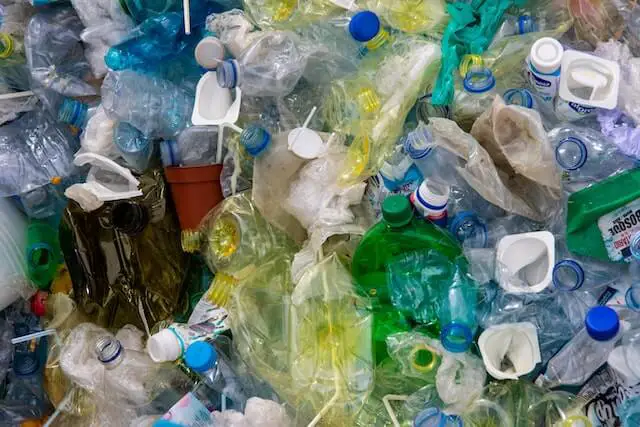
Environmental Benefits of Recycling
Recycling helps conserve natural resources like water, air, and land because when we recycle materials like paper, glass, plastic, and metals instead of discarding them in landfills or incinerators, we are using fewer raw materials to make new products. In addition to conserving resources, recycling also reduces air pollution by keeping hazardous chemicals away from our atmosphere through proper disposal methods. Less energy is also used when items are recycled as opposed to being made from scratch. This not only reduces energy consumption but also lowers carbon dioxide emissions that contribute to global warming.
Social Benefits of Recycling
Finally, beyond its economic and environmental advantages, recycling can also have a positive social impact on people’s lives. Reducing waste and promoting sustainability through reuse and repurposing of materials instead of throwing them away after one use helps foster an appreciation for conservation among individuals and communities alike which encourages more environmentally conscious choices in everyday life such as using reusable bags or buying products with minimal packaging waste.
The Impact on Climate Change
Recycling not only helps us reduce our carbon footprints but also helps us combat climate change as a collective. When recycled materials are used instead of new ones made from raw materials (like metals or fossil fuels), fewer emissions are released into the atmosphere which helps limit global warming effects. Additionally, using recycled materials also reduces deforestation since fewer trees need to be cut down for paper production or other manufacturing processes. All in all, if we all do our part by recycling more often, we can make a big difference in combating climate change!
As you can see, recycling has many benefits both for individuals and society as a whole. Not only does it help us conserve energy and resources but it also helps us fight climate change while saving money at the same time! So let’s do our part by reducing our waste as much as possible and making sure we recycle whenever possible—it’s good for us today and better for future generations tomorrow!
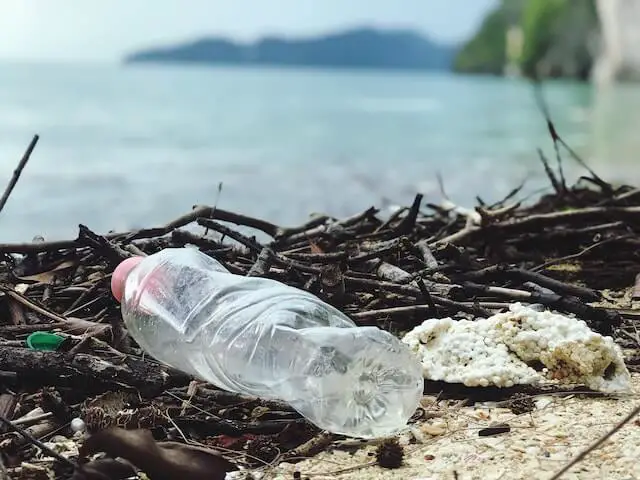
Recycling Right: What Not To Do
We all know that recycling is the right thing to do. But did you know that it’s just as important to know what not to put into a recycling bin? It’s true—incorrectly discarded items can cause damage and contamination, leading to fewer resources being saved. Let’s look at some of the items you should never put into a recycling bin.
Cling wrap and plastic bags are two of the most commonly recycled items that shouldn’t be. These materials get tangled up in the sorting machines and can shut down production lines, resulting in costly repairs and lost time. Instead, bring your reusable shopping bag to the store or use containers with lids when packing lunches or leftovers.
Another “no-no” for recycling bins is hazardous waste such as batteries, paint cans, motor oil containers, electronics, and light bulbs. These items contain potentially dangerous chemicals that need special handling so they don’t end up contaminating other recyclables or polluting our environment. Contact your local government for information about how to safely dispose of these types of materials.
Plastic Bags and Wraps
It might seem like plastic bags should be recycled since they are made of plastic, however, they are too light and thin for conventional sorting systems. Plastic bags end up clogging machinery and can cause costly damage. Plastic film, including shopping bags, dry cleaning bags, bubble wrap, and plastic wrap also cannot be recycled. Instead of putting them in the bin, take them back to participating retailers so they can be recycled properly.
Pizza Boxes
Pizza boxes are often coated with grease or cheese which makes them impossible to recycle since these contaminants render them unrecyclable. If you have a pizza box that is only slightly soiled on one side then you can rip off the clean part of the box and place it in your recycling bin. Otherwise, just throw it away!
Food Waste
Food waste is not recyclable due to concerns about contamination and pests. Food waste includes all food scraps like meat bones, dairy products, greasy containers from takeout food, and used paper plates or cups. Even if something is made from recyclable materials such as aluminum foil or a juice carton – if it has food residue on it then it shouldn’t be placed in your recycling bin! Make sure any containers that had food or drink inside them are washed before being placed in your bin – this will help prevent contamination by other materials such as glass or paper products during processing.
What about food waste? Some people think it’s OK to put food scraps in their curbside bins—but this isn’t a good idea either! Food waste can contaminate other recyclables and attract pests like rodents and insects. It also increases odors from the decomposition which can attract scavengers like birds or animals further down the line. The best way to handle food waste is to compost it in your backyard or find a nearby composting facility where you can drop off your organic material for reuse later on!
Knowing what not to do when it comes to recycling is just as important as knowing what you should do! Avoiding putting certain materials into your curbside bin, like cling wraps
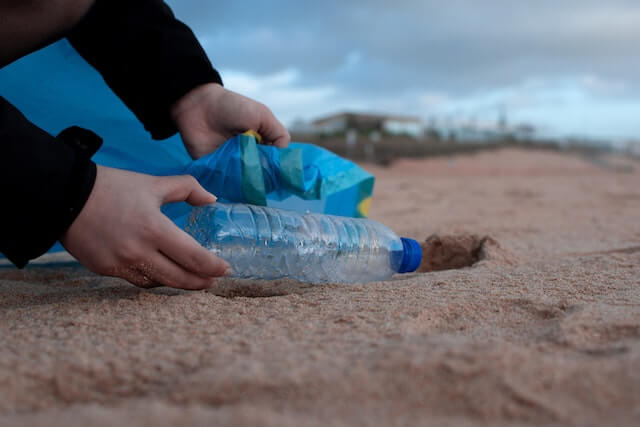
Teaching Kids to Recycle: Simple Strategies for Home Owners
With the world’s waste increasing year after year, it is now more important than ever to teach our kids the importance of recycling. The good news is that there are simple strategies and tips we can use to involve children in household recycling efforts and help them develop long-term habits of protecting the environment. Let’s find out how!
1. Raise Awareness and Create Open Discussion
The most important thing you can do as a parent or guardian is to talk openly with your children about the environment and why recycling matters. Discuss ways that each member of your family can take responsibility for reducing their overall impact on the planet, including things like buying fewer disposable items and avoiding single-use plastics. Explain why these efforts are important without scaring them—they should understand that even small changes can make a huge difference over time!
2. Make it Fun!
One of the best ways to get kids interested in any task is by making it fun—and recycling is no different! Start by involving them in activities such as sorting through recyclable items at home or helping create crafts from materials that would otherwise be thrown away. These activities not only keep them engaged but also help reinforce the idea of reusing materials so they don’t end up in landfills.
3. Set an Example
Children learn best by example, so if you want your kids to develop good habits around recycling (or anything else, for that matter!), you need to lead by example first and foremost. Make sure they see you practicing responsible behavior when it comes to disposing of items properly, using reusable containers instead of plastic bags, etc., so they have a good understanding of what to do—and what not to do—when it comes to reducing waste at home.
4. Give Rewards & Recognition
We all love recognition when we accomplish something great—even kids! So don’t forget to give your little ones plenty of praise when they make an effort with their recycling habits at home (or anywhere else!). This will encourage them to continue this behavior into adulthood and potentially even pass it on to future generations as well! You could also consider offering rewards for specific achievements like collecting a certain number of recyclable items each month or completing other tasks related to environmental protection.
Teaching kids about recycling can seem daunting at first, but there are plenty of strategies you can use as an adult or parent/guardian to engage children in household recycling efforts while also having fun doing it!
Remember, leading by example is key here; if your kids witness you living responsibly when it comes to waste reduction, they’ll be much more likely to pick up those same habits over time as well! Showing appreciation now and then with rewards or recognition also goes a long way towards keeping them motivated and excited about protecting the environment for years to come., plastic bags, hazardous waste, and food scraps can help reduce contamination while still doing your part for sustainability efforts! So remember—recycle right? Now go out there and make a difference!

Make Recycling Easier with These 10 Household Items
Did you know that there are a ton of different items around your home that can be recycled? Many people don’t realize that so many everyday items can be recycled and don’t take the time to think about them. This blog post will give you some examples of household items that you may not have known could be recycled, as well as tips on how to recycle them properly.
Batteries:
Rechargeable batteries, such as those used in cell phones, laptops, and digital cameras, should be recycled at special collection points or through mail-in programs. You can typically find recycling centers for these types of batteries at home improvement stores such as Home Depot or Lowes.
Glass Bottles and Jars:
Glass bottles and jars can be recycled in curbside recycling bins or taken to a local bottle redemption center. It is important to remove all paper labels from the bottles/jars before recycling them. You can also use glass bottles and jars for DIY projects like terrariums or planters!
Plastic Bags:
Plastic bags are one of the most commonly disposed of items, but they are not biodegradable and therefore should not be thrown away in landfills. Instead, they should be taken to a local grocery store where they have a designated bin for plastic bag recycling.
Styrofoam Packaging:
Styrofoam packaging is often overlooked when it comes to recycling because it isn’t accepted by many curbside programs. However, some local governments have started accepting styrofoam packaging in their curbside recycling bins or offer drop-off centers specifically for styrofoam packaging. Be sure to check with your local government for more information on how to recycle styrofoam packaging properly.
Video Cassettes & DVDs:
Old video cassettes and DVDs can usually be dropped off at electronics stores or large retail stores like Walmart or Target for recycling. Some organizations also accept donations of these items so they can refurbish them and distribute them to people in need.
Corks:
Corks are made from natural materials such as cork oak trees and wine corks are considered recyclable because they are made from an organic material that decomposes naturally over time. To recycle corks, you must first separate them into two categories – synthetic (plastic) corks and natural (cork) corks – then take them either to a bottle redemption center or drop them off at your local winery/brewery where they will accept the corks for re-use or upcycling purposes.
Lightbulbs:
Incandescent lightbulbs contain mercury which means they must be disposed of properly; do not just throw them away! Most hardware stores will accept incandescent lightbulbs for recycling, but you may need to call ahead to confirm if this is the case at your local store(s). CFL bulbs contain even more mercury than incandescent bulbs so make sure you dispose of these correctly too!
Aerosol Cans:
Aerosol cans contain pressurized gas which makes them hazardous waste if not handled properly; do not just toss aerosol cans into your regular trashcan! Instead, aerosol cans should either be taken to a hazardous waste disposal facility or mailed back directly to the manufacturer with postage paid by the customer – most aerosol manufacturers will provide information on how this process works when calling customer service lines listed on their website(s).
It’s important to note that empty aerosol cans still contain trace amounts of gas which makes it necessary for consumers to follow proper disposal protocols when disposing of these products.
The next time you’re cleaning out your house or doing some spring cleaning around the yard, remember these 10 household items that you didn’t know you could recycle – from batteries and glass bottles/jars down to lightbulbs and aerosol cans!
By taking the time now to research what kind of materials can be recycled near you, it’ll make it easier when it comes time for sorting day-to-day waste later on down the line! Recycling doesn’t have to feel like a chore anymore – get creative with upcycling projects like creating planters out of glass jars or donating old video cassettes/DVDs instead of throwing them away – start making small changes today toward building a greener tomorrow!
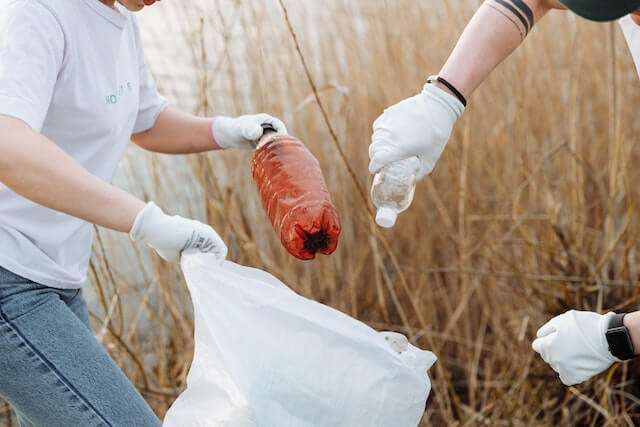
5 Simple Tips To Improve Your Home Recycling Program
We all know that recycling is important, but it can be overwhelming to figure out what exactly needs to be done to effectively recycle at home. How much do you need to sort? What materials can be recycled? What about hazardous materials? Don’t worry – we have the answers! Here are five simple tips that will help you start or improve your home recycling program.
Start Small and Build Up
If you’re just starting with your home recycling program, don’t feel like you need to tackle everything all at once. Start by focusing on one area of your home, such as the kitchen, and build from there. Make sure that everyone in the household understands how to properly separate recyclables so that they make it into the right bin. Once you have a good foundation established, gradually add other areas of your house into the mix.
Learn What Can Be Recycled
Not every material can be recycled, so it’s important to understand what can and cannot go into a recycling bin. In general, most plastics (except for plastic bags), aluminum cans, and glass bottles can be recycled. However, hazardous materials such as paint cans should not go into a regular recycling bin; instead, check with your local officials for more information about proper disposal methods for these items.
Create a Designated Recycling Area
Having a designated area for sorting recyclables will make it easier for everyone in the household to keep track of what goes where. You could use an old dresser or shelf as a holding station before everything is taken out to the main bins – this way you don’t have piles of paper on the kitchen counter or laundry room floor cluttering up space! Additionally, this helps ensure that items get into their proper place without someone having to remember which container they belong in each time they are used.
Reuse Whenever Possible
If something still has life left in it after being used up or discarded, consider giving it a second chance by reusing it! There are many creative ways to repurpose items around the house such as turning old jars into planters or using egg cartons as paint trays – get creative and see what works best for you! Reusing helps reduce waste while also providing unique decorations around your home.
By following these five simple tips, you can easily improve your home recycling program and make sure that recyclable materials end up where they belong! Not only does this help protect our environment from unnecessary waste but it also helps create new products from recycled materials – making recycling an even more rewarding task! So why not give it a try today? With just a few easy steps, anyone can become an eco-friendly hero!

